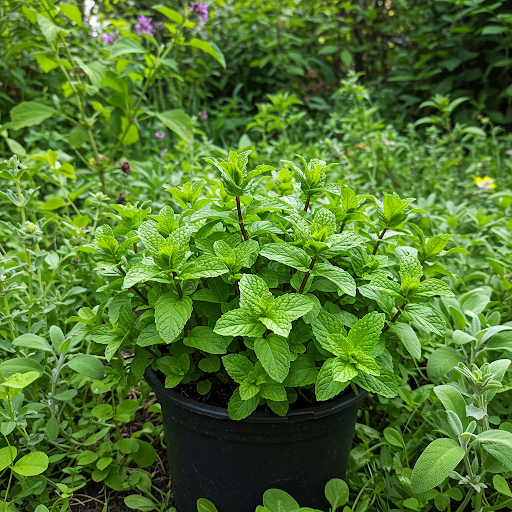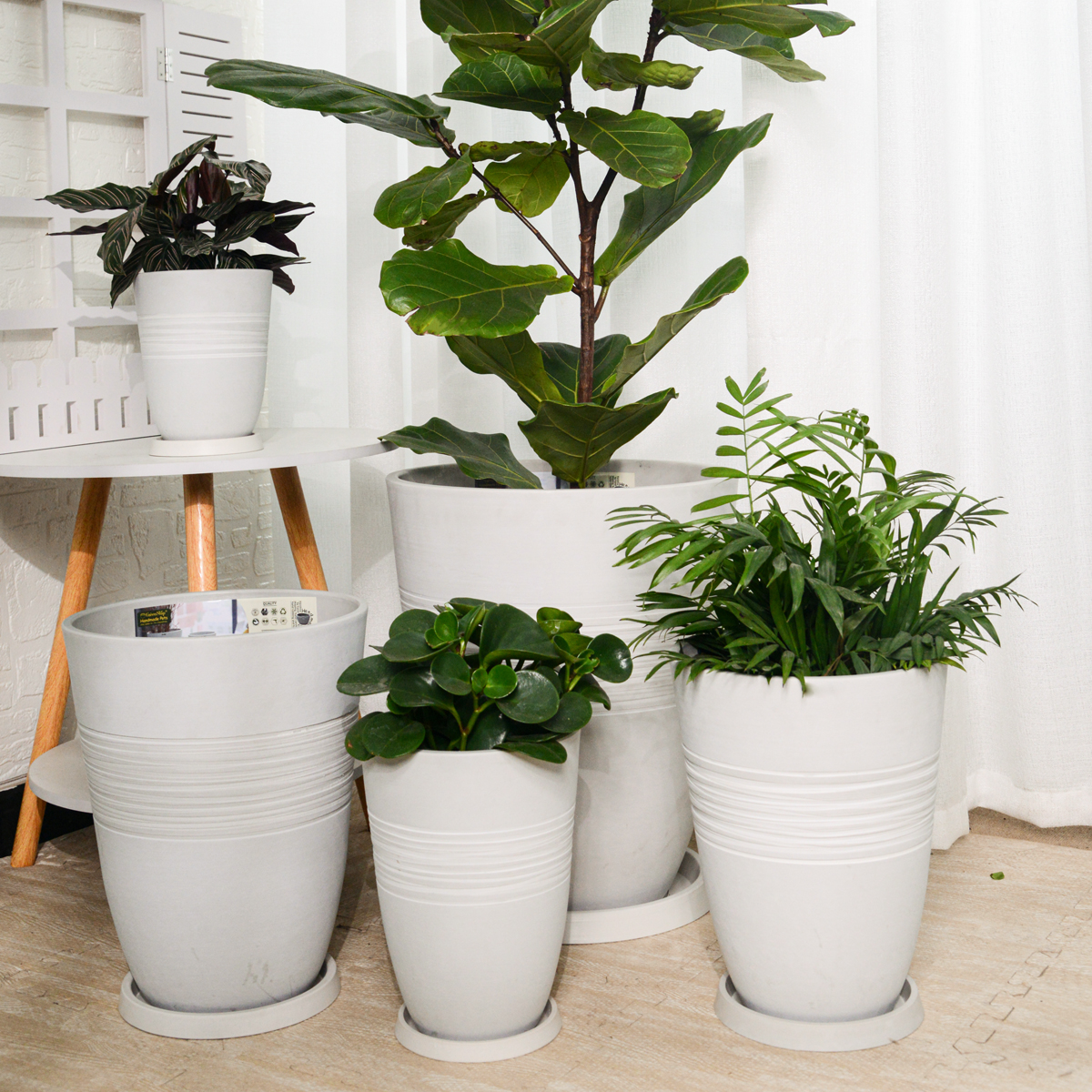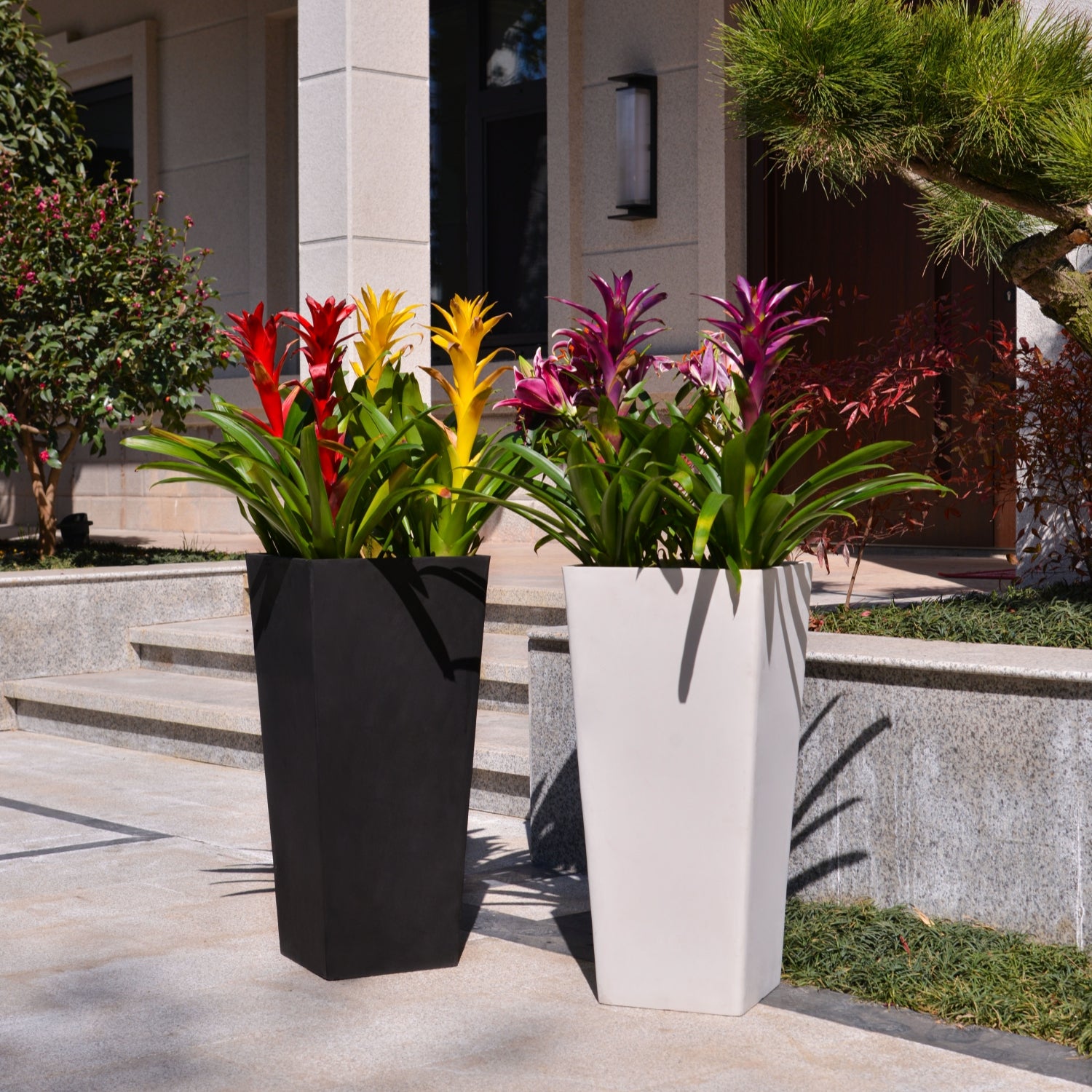Creative & Clever: Grow Mint and Herbs Without a Garden Like a Pro
No garden? No problem! You don’t need a sprawling backyard to enjoy the fresh flavors and aromas of homegrown herbs. With a little creativity and some clever techniques, you can cultivate a thriving herb garden right inside your home. Whether you live in an apartment, a dorm room, or a house with limited outdoor space, growing herbs indoors or on a small balcony is easier than you might think. In this guide, we’ll explore practical and cost-effective ways to grow mint and other herbs even without a traditional garden.
Why Grow Mint and Herbs at Home?
Mint and other herbs like basil, rosemary, thyme, and parsley are not only easy to grow but also incredibly useful. They add flavor to your culinary creations, offer medicinal benefits, and can even help purify the air. Plus, growing your own herbs ensures you have a fresh, pesticide-free supply right at your fingertips.

Choosing the Right Herbs for Indoor Growing
Some herbs thrive indoors better than others. Here are some top choices for growing without a garden:
- Mint: A fast-growing herb that requires minimal care and comes in various refreshing varieties.
- Basil: Loves warmth and plenty of sunlight, perfect for a sunny windowsill.
- Rosemary: Needs good air circulation and well-draining soil; enjoys bright light.
- Thyme: Thrives in sunny and dry conditions, making it a resilient indoor choice.
- Parsley: Grows well in indirect sunlight and is a versatile addition to many dishes.
- Chives: An easy-to-grow herb that adds a mild oniony flavor to food.
- Oregano: Another Mediterranean herb that enjoys sunshine and well-drained soil.
Clever and Creative Ways to Grow Herbs Without a Garden
1. Grow Herbs in Water (Hydroponics)
One of the simplest ways to grow herbs indoors is using water instead of soil. This method, known as hydroponics, is perfect for small spaces.
How to do it:
- Take a cutting (about 4-6 inches long) from a healthy herb plant.
- Remove the lower leaves, leaving just a few at the top.
- Place the stem in a glass or jar filled with water.
- Put the jar in a sunny spot, like a windowsill.
- Change the water every few days to prevent bacteria buildup.
Herbs like mint, basil, and rosemary grow particularly well using this method, and you’ll have a continuous supply of fresh leaves.
2. Utilize Recycled Containers
You don’t need fancy pots to grow herbs. Repurpose household items like:
- Old coffee mugs
- Plastic bottles (make sure to clean them thoroughly and add drainage holes)
- Glass jars
- Empty yogurt containers
- Tin cans (ensure no sharp edges and add drainage)
Just be sure to add small drainage holes at the bottom of your containers to prevent waterlogging.
3. Vertical Herb Gardens
If you’re short on horizontal space, think vertical! Some creative ideas include:
- Hanging Planters: Secure small pots to walls or balcony railings.
- Over-the-Door Shoe Organizers: The pockets are perfect for planting individual herbs.
- Magnetic Containers: Attach them to your refrigerator or other metal surfaces.
- DIY Pallet Gardens: Upcycle an old pallet into a tiered vertical garden.
4. Grow Herbs from Kitchen Scraps
Did you know that some herbs and vegetables can regrow from their scraps? Here’s how:
- Place the base ends of green onions, basil, or mint stems in a small bowl of water.
- Keep them in a sunny spot and change the water regularly.
- Once roots develop, transfer them to soil for continued growth.
5. DIY Indoor Herb Garden Boxes
If you have a small windowsill, create a mini herb garden by placing several herb plants in a wooden or plastic container. This keeps everything organized and adds a touch of greenery to your home.

6. Self-Watering Pots
For those who often forget to water their plants, self-watering containers are a great solution. You can purchase them or make your own by placing a small reservoir of water beneath a regular pot. The herbs will draw up water as needed, reducing maintenance.
7. Maximize Sunlight and Use Grow Lights
Most herbs need at least 6 hours of sunlight per day. If you don’t have enough natural light, consider using LED grow lights to provide the necessary conditions for growth. Position your herbs near a south-facing window for the best natural light, and supplement with grow lights as needed, especially during winter months.
8. Create a Mini Greenhouse
If you want to speed up growth, cover your herb pots with clear plastic bags or bottles to create a greenhouse effect. This helps retain moisture and warmth, promoting faster growth. Just be sure to remove the cover periodically for air circulation.
Caring for Your Indoor Herbs
To keep your herbs healthy and productive, follow these simple care tips:
- Water Wisely: Overwatering is a common problem that leads to root rot. Ensure the soil is moist but not soggy. Water when the top inch of soil feels dry.
- Prune Regularly: Pinching off the top leaves of your herbs encourages bushier growth. Harvest leaves from the top rather than the bottom.
- Use Quality Soil: Choose a lightweight, well-draining potting mix to keep the roots healthy. Avoid using garden soil, which can be too heavy for containers.
- Feed Occasionally: Herbs don’t need a lot of fertilizer, but an occasional feeding with organic compost or liquid fertilizer can help them thrive.
Benefits of Growing Herbs Without a Garden
- Fresh Herbs at Your Fingertips: Having your own mini herb garden means you’ll always have fresh ingredients on hand for cooking, making tea, or garnishing dishes.
- Cost-Effective: Growing your own herbs can save you money. Instead of buying expensive fresh herbs from the store, you’ll have a continuous supply with minimal investment.
- Air Purification: Many herbs help purify the air by absorbing toxins and releasing oxygen, creating a healthier indoor environment.
- Aromatherapy and Stress Relief: Herbs like mint, rosemary, and lavender have soothing scents that can help reduce stress and improve your mood.
- Environmentally Friendly: By reusing containers and regrowing herbs from scraps, you’re contributing to a more sustainable lifestyle and reducing food waste.
Conclusion
Growing mint and other herbs without a garden is not only possible but also fun, creative, and incredibly rewarding. Whether you use water, recycled containers, or vertical setups, these clever techniques make indoor gardening accessible to everyone. With a little care, you can enjoy the endless benefits of homegrown herbs – fresh flavors, improved health, and a touch of green to your home. Start your indoor herb paradise today!
KC2-11VH
By greenship|2024-08-16T06:19:28+00:00August 16, 2024|Categories: Hand-carving Series|
Planter 6 in W / 8 in W / 12 in W Indoor or Outdoor Plants, Modern Decorative Plant Pots with Drainage Hole, Decorative Flower Pots
By greenship-seo|2025-02-06T13:43:53+00:00January 16, 2025|Categories: Hand-carving Series|Tags: Decorative Flower Pots|
KC3-14A
By greenship|2024-08-16T06:26:30+00:00August 16, 2024|Categories: Hand-carving Series|
GreenShip 27inch Tall Planters for Porch, Large Outdoor Planter Pots with Drainage Hole
By greenship-seo|2025-04-10T06:27:21+00:00April 7, 2025|Categories: Hand-carving Series|Tags: Decorative Flower Pots|
11TH
By greenship|2024-08-13T02:50:25+00:00August 13, 2024|Categories: Hand-carving Series|
KC2-21G
By greenship|2024-08-13T06:19:08+00:00August 13, 2024|Categories: Hand-carving Series|






